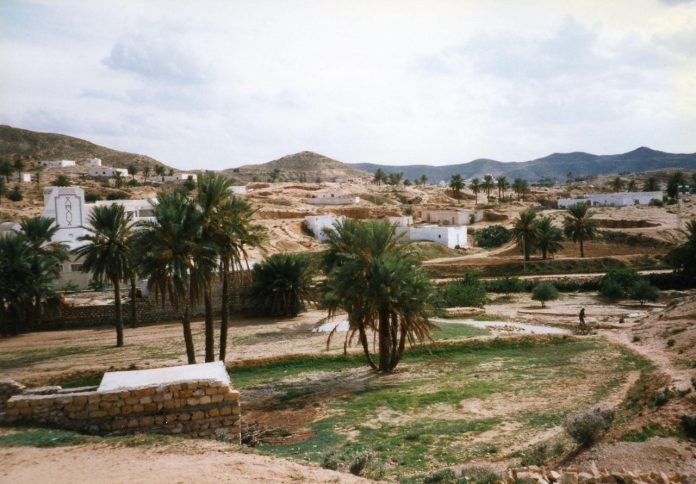Tunisia is fortunate to have three major natural areas that could be used for a major ecological tourism.
The atlas, the continental and the mountain regions, the specific fauna and the species of shrubs and plants, the habitats and ecological niches scattered here and there, could guarantee a real renaissance for Tunisian tourism if they were properly exploited.
In Matmata, a town in the Gabes governorate in south-eastern Tunisia, the Berber heritage is an essential part of Tunisia’s heritage.
Matmata occupies the northern part of a mountain range that extends from the delegation of Matmata-Nouvelle (Gabes governorate) to the Tunisian-Libyan border.
This area occupies a strategic position, linking one of the strongest seaside tourist centers in south-eastern Tunisia (Djerba-Zarzis) with the Saharan and oasis tourist zones in the south-west of the country.
It is famous for its vertical caves, the development of which has contributed to its development as a tourist destination.
Satisfactory tourism indicators
Tourism indicators in the Gabes governorate improved significantly last November.
The number of overnight stays increased by 11.3% in Gabes and by 87% in Matmata.
The revival of the sector in the region was also reflected in the increase in visitor numbers in Gabes (8%) and Matmata (65.7%), which reached 11,716 in Matmata and 120,000 in El Hamma over the same period.
Three new guesthouses with a capacity of 35 beds will soon be inaugurated in Toujen, in addition to the ongoing construction of four cottages (110 beds) and six guesthouses (90 beds) in Gabes governorate.
The region currently has eight guesthouses with a capacity of 54 beds in Gabes-sud and Chenini, and another in Tamezret (28 beds).
In addition, the travel agency sector has been consolidated this year with the creation of 6 new agencies, bringing the total number of agencies in the region to 69, while the fleet of tourist coaches has been strengthened with the acquisition of 6 new coaches, bringing the total number to 30.
Promoting the Gabes oases as an ecotourism product
Tourism professionals in the region have repeatedly stressed the importance of exploiting the oases and developing them as an ecological and sustainable tourism product in the Gabes governorate in order to showcase Tunisia’s Saharan and oasis heritage, recalling the role played by municipalities, particularly those classified as tourist areas, in the success of this sector.
They stressed the importance of benefiting from the measures approved by the Council of Ministers on 6 July 2023 to develop Saharan and oasis tourism.
The sector’s professionals also spoke of the “success stories” of sustainable and ecological tourist destinations, in particular Dahar, which has become a sustainable and ecological tourist destination, and underlined the Ministry’s willingness to support the projects created by a number of young people and to help them succeed in these projects.
They also called for the need to overcome the difficulties that prevent the opening of guesthouses or inns in the oases, the creation of tourist routes in the various oases, linking them to the religious monuments and the Mareth war line, and the improvement of the subsidies granted to tourist municipalities.














